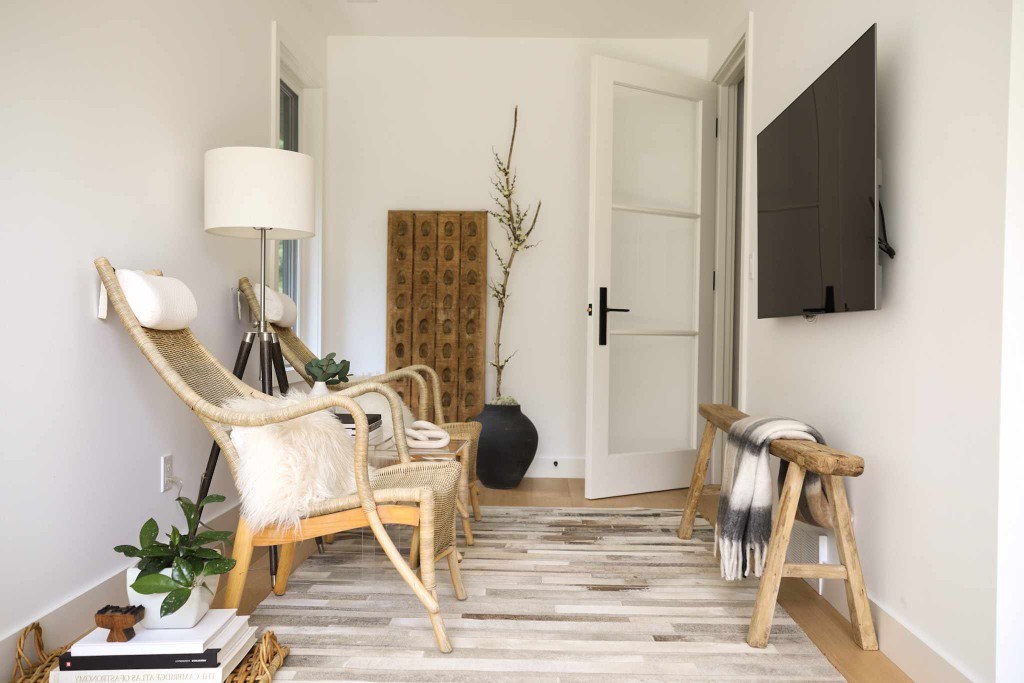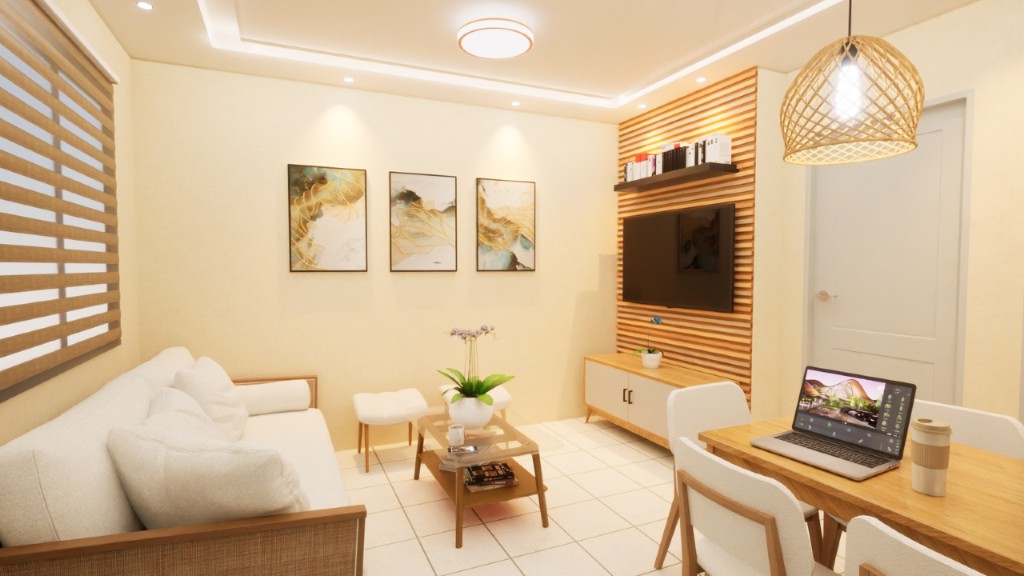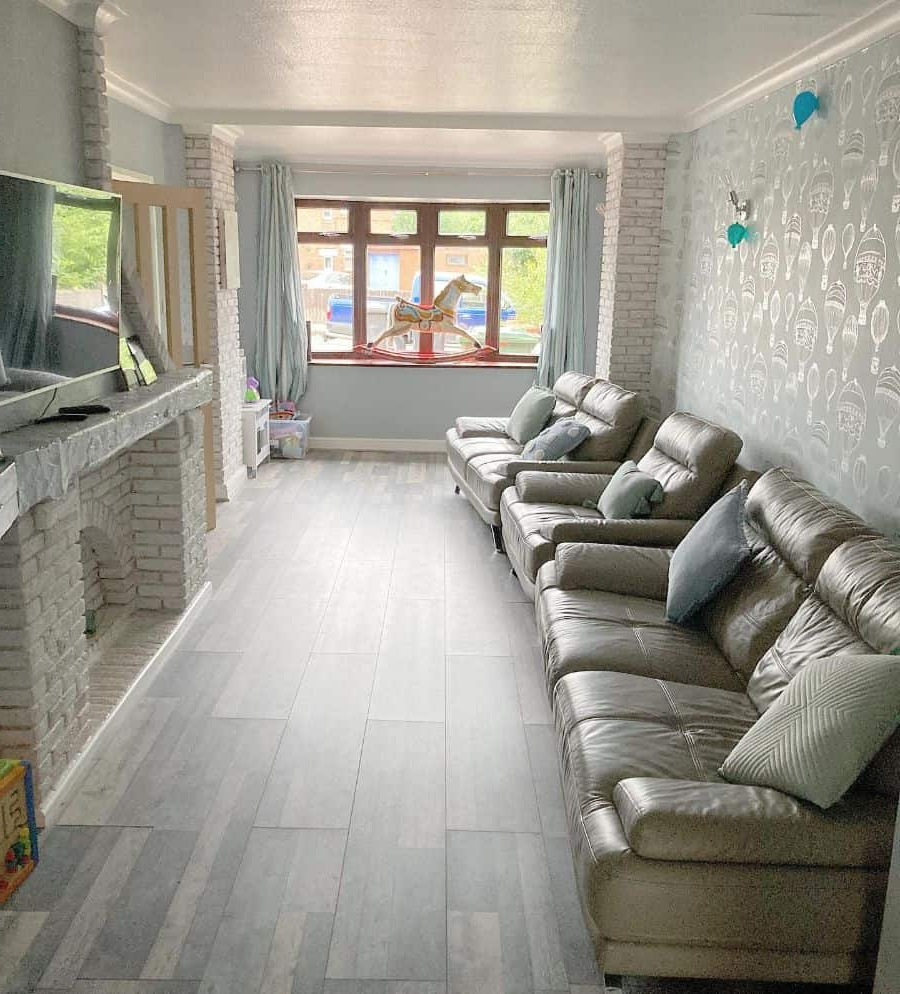Imagine walking into a room that feels twice its size just because of how light flows through it. It’s not magic – it’s science. For those of us who live in smaller spaces, lighting becomes our secret weapon. The right approach can make a narrow hallway feel like a grand entranceway, or a tiny kitchen look like a modern marvel. This isn’t about expensive fixtures or complicated setups. It’s about understanding how light works and using it to your advantage.
Small spaces have their own charm, but they often come with a challenge: how do you make them feel spacious? Many people think that bigger furniture or more storage equals more space, but sometimes it’s the opposite. Sometimes, the most powerful way to expand a room is simply to make it brighter. That’s where lighting becomes crucial. We’re talking about more than just turning on the lights – we’re discussing strategic placement, thoughtful choices, and creative approaches that can literally change how a room feels. The good news? You don’t need to move walls or tear out floors. Just add some smart lighting and watch your space transform.
Understanding How Light Affects Perceived Space
Light is one of the most powerful tools in interior design, especially when dealing with narrow spaces. When light bounces off surfaces and travels through a room, it creates visual pathways that guide the eye around the space. Think about it this way – if you’re in a dark room, your eyes naturally focus on the things that stand out. But when there’s plenty of light, your gaze moves more freely, creating the illusion of width and openness. This happens because light reflects off walls, ceilings, and floors, essentially making everything seem further away. It’s like the light is pushing the boundaries of your room outward. In narrow spaces, this effect is even more pronounced because there’s less physical area to begin with. A well-lit room can appear three times wider than it actually is. That’s why choosing the right lighting isn’t just about brightness – it’s about direction, color temperature, and how light moves through the space.
Strategic Placement of Light Sources
Where you place your lights matters more than you might think. In narrow rooms, it’s important to avoid placing all lighting directly overhead, as this can create shadows and make walls appear closer together. Instead, try using multiple light sources positioned at different heights and angles. Wall sconces can be particularly helpful because they draw attention upward and outward, helping to visually extend the room’s dimensions. Consider installing lights along the ceiling edge, or even at floor level. These subtle touches can make a huge difference. For example, placing a few LED strips along the top of cabinets can make a narrow kitchen feel taller and more expansive. Another trick is to position lights so they illuminate the entire length of the space. If you’re looking at a long hallway, make sure the light reaches the far end, rather than just focusing on the area near the entrance. This helps the eye travel deeper into the room, giving it a sense of depth and width. Remember, the goal isn’t to light every corner equally – it’s to create visual interest that draws the eye across the space.
Choosing the Right Color Temperature
The color of your light can dramatically affect how large a room appears. Warm white light (around 2700K-3000K) tends to make spaces feel cozier and more intimate, but it can also make walls seem closer together. Cool white light (4000K-5000K) has the opposite effect – it makes surfaces appear farther away, which creates the illusion of more space. For narrow rooms, it’s often best to go with cool white or daylight bulbs. They make everything seem to recede, creating a feeling of openness. However, don’t go too extreme – too much cool light can make a space feel clinical and unwelcoming. A good compromise is to use dimmable lights that let you adjust the temperature throughout the day. During morning hours, you might want a cooler tone to wake up the room. Later in the evening, a warmer glow can provide comfort while still maintaining that open feeling. Some people find success with layered lighting that combines both warm and cool tones in different areas. For instance, a bright, cool overhead light for tasks, paired with a warm, ambient table lamp in the corner. This balance keeps the space feeling spacious and welcoming.
Using Mirrors and Light Reflection
Mirrors are perhaps one of the most underrated tools for making narrow spaces feel larger. But they work best when combined with good lighting. A mirror alone won’t do much – it needs to be properly lit to reflect light effectively. Position mirrors strategically so they catch and bounce light from your main sources. When light hits a mirror, it travels further into the room, making the space feel extended. The key is to make sure the mirror catches enough light to create this reflection effect. For example, if you have a narrow entryway, placing a large mirror on one wall and positioning a light source directly behind it can create a dramatic illusion of depth. The light will reflect off the mirror and appear to travel beyond the actual space. You can also use reflective surfaces beyond just mirrors – metallic accents, glossy finishes, or even certain fabrics can help bounce light around the room. These surfaces act as secondary light sources, spreading illumination throughout the space and making it feel less confined. The result? A room that looks and feels much wider than it really is. The combination of mirrors and proper lighting creates a feedback loop of reflected light that amplifies the perception of space.
Creating Depth Through Layered Lighting
One of the most effective ways to make a narrow room feel larger is through layered lighting. This means using multiple types of lighting simultaneously – ambient, task, and accent lighting – to create depth and dimension. Ambient lighting provides general illumination and should be evenly distributed throughout the room. Task lighting focuses on specific activities like reading or cooking, and accent lighting highlights architectural features or decorative elements. In narrow spaces, this layering becomes even more important because it prevents the room from feeling flat or one-dimensional. Think of it like painting a picture – you need different layers to create depth. Start with a main light source, such as a chandelier or ceiling fixture, for overall brightness. Then add table lamps or floor lamps for task lighting and to soften the harshness of the main light. Finally, incorporate accent lighting with items like LED strip lights under shelves or small spotlights on artwork. This approach not only makes the room more functional but also helps the eye move through the space, making it feel longer and more expansive. The contrast between bright and softer areas creates a visual journey that extends the perceived length of the room. When done right, this technique can make a 6-foot-wide hallway feel like 10 feet wide.
Smart Technology for Dynamic Lighting
Modern technology offers new ways to enhance lighting effects in narrow spaces. Smart lighting systems allow you to control not just brightness but also color temperature and even create scenes that change throughout the day. These systems can automatically adjust to simulate natural light patterns, which helps maintain the feeling of spaciousness. For example, you might set your lights to gradually brighten in the morning, creating a sense of opening up the room. In the evening, they could shift to a warmer tone that still maintains that open feeling. Some smart systems even allow you to program lights to turn on in sequence, creating a wave of illumination that moves through the space. This can make a narrow room feel more alive and dynamic. Additionally, many smart lights offer scheduling features that let you set different lighting scenes for different times of day or activities. This flexibility ensures that your space always feels appropriate for what you’re doing, whether that’s working, relaxing, or entertaining. The key is to use these features thoughtfully – don’t overdo it with too many changes, but use them to enhance the natural flow of your daily routine.
Making a narrow space feel larger through lighting isn’t about expensive upgrades or major renovations. It’s about understanding how light behaves and using that knowledge to your advantage. Whether you’re dealing with a tiny apartment hallway or a narrow kitchen, the right lighting choices can completely change the atmosphere and perception of your room. The key is to think in layers, consider the color temperature, and use mirrors and reflections strategically. Most importantly, remember that lighting should serve both function and beauty. A well-lit narrow space isn’t just about looking bigger – it’s about feeling more comfortable and connected to your environment. Every light fixture you choose, every bulb you select, and every placement decision you make contributes to the overall effect. So take your time, experiment with different combinations, and trust that the right lighting will transform not just how your space looks, but how it feels. Sometimes, the smallest changes can create the biggest impact. You might be surprised at how much of a difference a few well-placed lights can make.
















